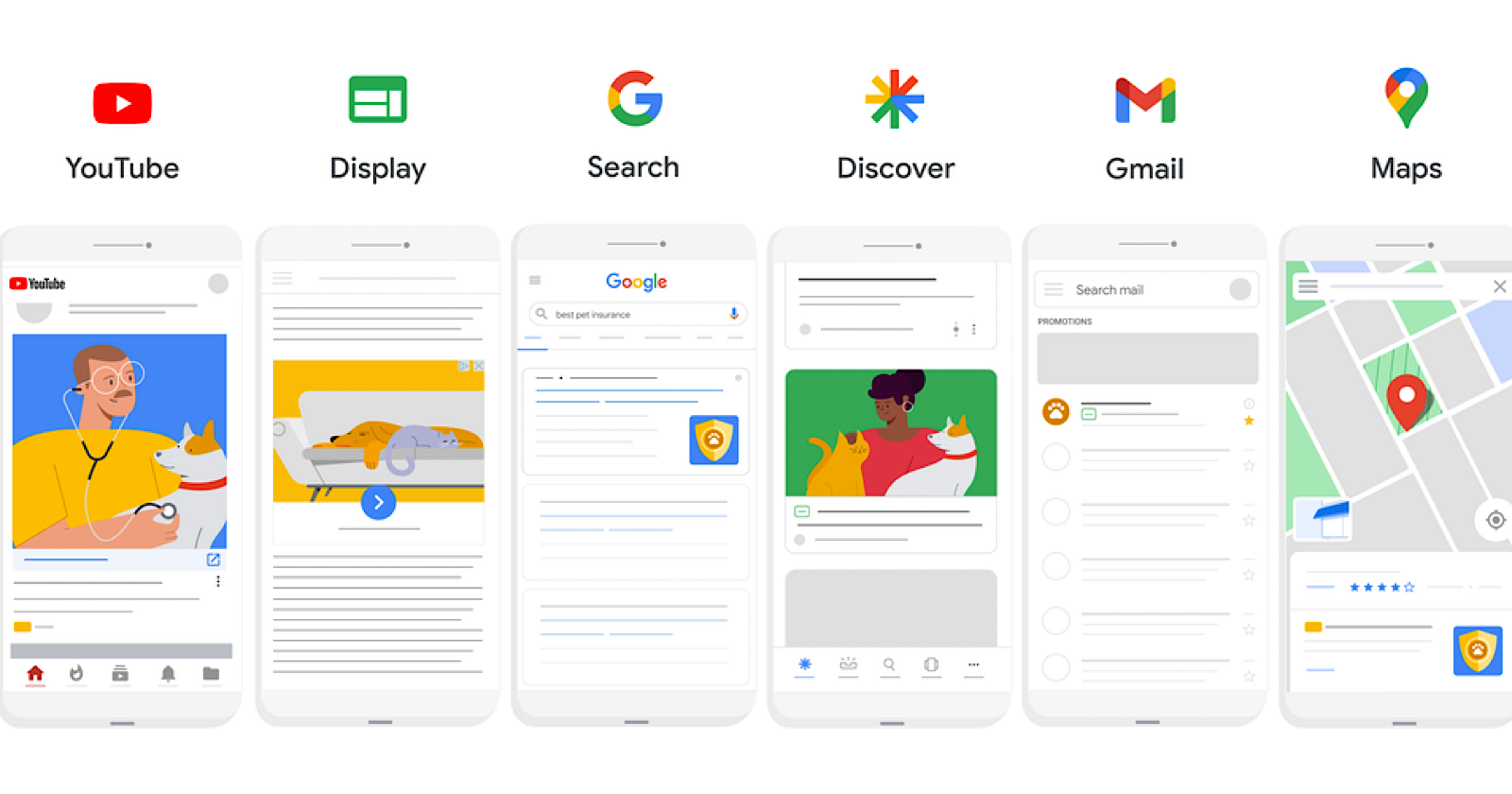The Full Funnel Approach to Google Ads Success
Christian Abbas

Google Ads can be a great tool to bring traffic to your website, but it isn’t enough by itself. For real success, you need more than just ads – you need a holistic end-to-end system working together. This includes having a solid product, great ads that grab attention, and an optimised landing page or website that converts visitors into customers.
In this article, you’ll learn how these three key components – product, ads, and landing page – need to work together to create a funnel that turns clicks into business.
1. A Good Product is the Foundation
No matter how well-crafted your Google Ads are, they can only get people to look at what you’re offering. To make the sale, your product must be something people actually want or need. Think of it this way – even if thousands of people click on your ads, you won’t see results if the product doesn’t provide value or solve a problem for your audience.
When building your Google Ads campaign, the first thing you should ask yourself is: Does my product meet customer expectations? If not, your advertising efforts might fall flat, regardless of how much you spend. Successful ads are built on the foundation of a product that delivers what it promises, making customers excited to take action.
2. Crafting Effective Google Ads

Once you’ve got a solid product, the next step is creating ads that drive people to click. Your ads are the first interaction potential customers have with your business, so they need to be clear, engaging, and relevant. The goal of your Google Ads is to grab attention, match the user’s search intent, and give them a reason to visit your website.
To do this, focus on a few key elements:
- Relevance: Your ad copy should match what people are searching for. If someone is looking for “roof repair services,” make sure your ad speaks directly to that. Avoid being too vague or general.
- Compelling Message: You have limited space, so get to the point quickly. Highlight the key benefits of your product or service. Use action-oriented language that makes it easy for people to understand what they’ll get by clicking through.
- Strong Call to Action: Don’t assume people will know what to do next. A clear call to action, like “Get a Free Quote” or “Book Your Appointment,” gives users a nudge toward the next step.
The performance of your ads will largely depend on how well you understand your audience and craft your message around what they care about.
3. The Importance of an Optimised Website or Landing Page
Once someone clicks on your ad, they land on your website or landing page. This is where the magic happens – or doesn’t. Even if you have great ads and a solid product, a poor landing page can break the whole process. Your landing page needs to be just as strong as your ad, providing a seamless experience that guides visitors to take action.
Here’s what makes a landing page work:
- Message Match: The content on your landing page should match what your ad promised. If your ad offers a free consultation, make sure that’s easy to find on the page. If there’s a disconnect, users are more likely to bounce.
- Clear Value Proposition: Quickly communicate what makes your product or service valuable. What problem are you solving for the visitor? Why should they choose you over competitors? Make this easy to see without too much scrolling.
- Easy to Navigate: Your landing page should be straightforward. Avoid clutter, distractions, or unnecessary information. The goal is to guide visitors to a specific action, like filling out a form or making a purchase. Make sure it’s simple for them to do so.
- Build Trust: Trust is key to converting visitors. Include testimonials, reviews, or trust badges to reassure visitors they’re in good hands. Trust signals can go a long way toward convincing someone to move forward with you.
Your landing page is the final step in converting clicks into customers. The smoother and more aligned it is with your ads, the better your chances of seeing real results from your Google Ads campaigns.
4. Optimising the Full Funnel for Success
To truly see the value from Google Ads, all three parts of your funnel – product, ads, and landing page – need to work in harmony. It’s not enough to have one or two strong elements; each stage plays a role in converting potential customers into actual customers.
Think of it like this: great ads will drive traffic, but without an appealing product or an optimised landing page, visitors won’t take action. And even the best landing page can’t make up for a product that doesn’t meet customer needs. The full funnel needs to be continually tested and refined for each component to perform at its best.
Here’s how you can ensure everything works together:
- Review and Adjust: Regularly assess how each part of the funnel is performing. Look at metrics like click-through rate (CTR), conversion rate, and bounce rate to identify where improvements can be made.
- Test and Learn: Run A/B tests on your ads, landing pages, and even product messaging. Small tweaks can lead to significant improvements in results.
- Stay Customer-Focused: Throughout your funnel, always keep your customers’ needs in mind. Make sure each step provides value, answers their questions, and encourages them to take action.
By taking a holistic approach and ensuring every part of the funnel is optimised, you’ll maximise your return on investment from Google Ads and create a smooth path from clicks to conversions.